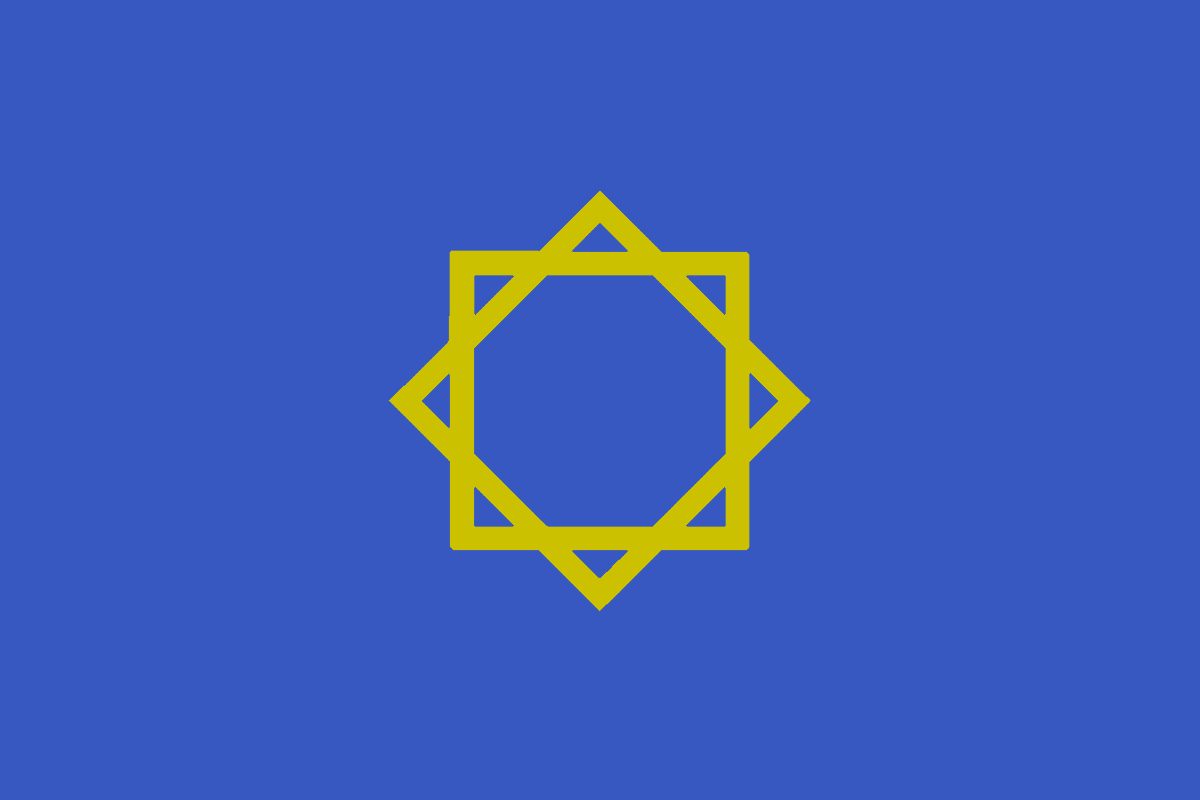OOC: Hi there, I am making this post because I have determined by the time Ruthenish becomes a working language, it will have cluttered up so much of Ruthund's factbook, the thread will be less accesible to people looking for more general and non-linguistic information for Ruthund. I will keep my language posts in my factbook for the time being, but they will eventually migrate as I develop this thread. I also wanted to make a fresh thread, because I wanted to retrace my steps in making Ruthenish so I have a more methodical layout for the language thereby making it easier in its further development. Making a language to the point where it can actually be spoken is a lot of work, and its especially a lot of work since I'm basing it off an extinct language that we still don't have a complete understanding about. So a special workspace I feel is appropiate. Thank you ^ ^
Introduction to Ruthenish
Ruthenish is a language found in Europe. It is spoken by about 60 million speakers region-wide, primarily in Ruthund, where it is the national language. It is the liturgical language of the Zdardrin Grand Temple, alongside Classical Ruthenish. As a language from the East Germanic branch, Ruthenish considered quite different from the currently existing Germanic languages. It is generally accepted by scholars that Ruthenish is the sole surviving East Germanic language.
Evidence of the Ruthenish did not appear until the late 4th century CE, in modern-day north Czech-Slavia and south Strathae. The inscriptions found in the area show that Ruthenish was largely intelligible with Gothic. Proto-Ruthenic, emerging by the early 6th CE in modern-day Gallorum and later found in modern-day Ruthund, had a notable amount of Greek influence on some grammatical structures as well as vocabulary. However, limited writing in Proto-Ruthenic exists. Classical Ruthenish emerged by the 10th century CE and largely resembles the modern day language. Zdardrin scripture is primarily written in Classical Ruthenish, with the largest pieces of the religious texts being written circa 12th century CE. The religious texts of Ruthenish remained a literary standard as well as the language of the Ruthenish Court until the 18th century, when more vernacular version became more accepted. Modern Ruthenish emerged in the late 16th century, following the Great Ruthenish Vowel Shift. Following the end of the Old Regime in 1994, the amount of foreign loanwords have increased, most notably from English and German, though the language still remains largely conservative.



/s3.amazonaws.com/arc-wordpress-client-uploads/wweek/wp-content/uploads/2019/06/04205131/48002670107_bd6a3e0c63_k.jpg)

